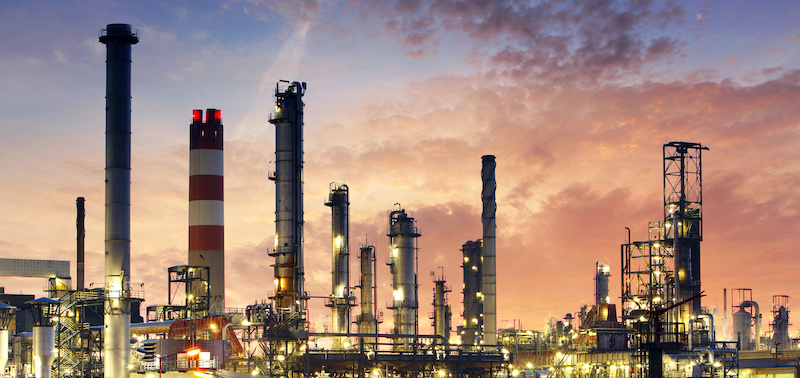Total industrial production rose 3.0% in July after increasing 5.7% in June, according to the Industrial Production and Capacity Utilization Report, released Friday by the Federal Reserve.
Even so, the index in July was 8.4% below its pre-pandemic February level. Manufacturing output continued to improve in July, rising 3.4%. Most major industries posted increases, though they were much smaller in magnitude than the advances recorded in June. The largest gain in July — 28.3 percent—was registered by motor vehicles and parts; factory production elsewhere advanced 1.6%.
Mining production rose 0.8% after decreasing for five consecutive months. The output of utilities increased 3.3 percent, as unusually warm temperatures increased the demand for air conditioning. At 100.2% of its 2012 average, the level of total industrial production was 8.2% lower in July than it was a year earlier. Capacity utilization for the industrial sector increased 2.1 percentage points in July to 70.6 percent, a rate that is 9.2 percentage points below its long-run (1972–2019) average but 6.4 percentage points above its low in April.
The indexes for all of the major market groups advanced in July, though by less than in June. The strength in motor vehicles contributed to increases in the indexes for consumer durables (14.6 percent), business equipment (5.0 percent), and durable materials (3.7 percent). Consumer energy products, business supplies, and defense and space equipment also posted gains of more than 2%.
Manufacturing output increased 3.4% in July, but it was still about 8% below its pre-pandemic February level. The index for durable manufacturing rose 5.5% in July. In addition to the large advance for motor vehicles and parts, increases of more than 6% were recorded by aerospace and miscellaneous transportation equipment and by miscellaneous manufacturing. Substantial gains in the past three months have pushed the output of motor vehicles and parts to nearly its February level. The index for nondurables rose 1.3% in July, with gains of more than 3% for textile and product mills, for printing and support, and for petroleum and coal products. The output of other manufacturing (publishing and logging) increased 1.5%.
The output of utilities rose 3.3% in July, largely reflecting strength in electric utilities. Mining output increased 0.8%. Gains were concentrated primarily in crude oil extraction and coal mining but also were recorded by most other types of mining. In contrast, the index for oil and gas well drilling fell 8.0% and was about 70% below its year-earlier level.
Capacity utilization for manufacturing was 69.2% in July, 9.2 percentage points higher than its trough in April and 5.5 percentage points above its recession trough of June 2009. The operating rates for durable and nondurable manufacturing increased to 68.1% and 71.5 percent, respectively. The rate for durables was about 14 percentage points above its April low but still about 7 percentage points below its pre-pandemic February level; the rate for nondurables has risen 4.2 percentage points since April but was still about 5 percentage points below February. The operating rate for mining rose to 73.5% in July. However, a downward revision to crude oil extraction in May left the utilization rates for mining in May, June, and July lower than any previous rates in the history of the series (since 1967).
Related Posts
-
According to the Industrial Production and Capacity Utilization Report, manufacturing output increased 7.2% during the…
-
B&D Industrial, a founding member of AD Bearings and Power Transmission division, joins second division…
-
Total industrial production fell 5.4% in March, as the COVID-19 pandemic led many factories to…






